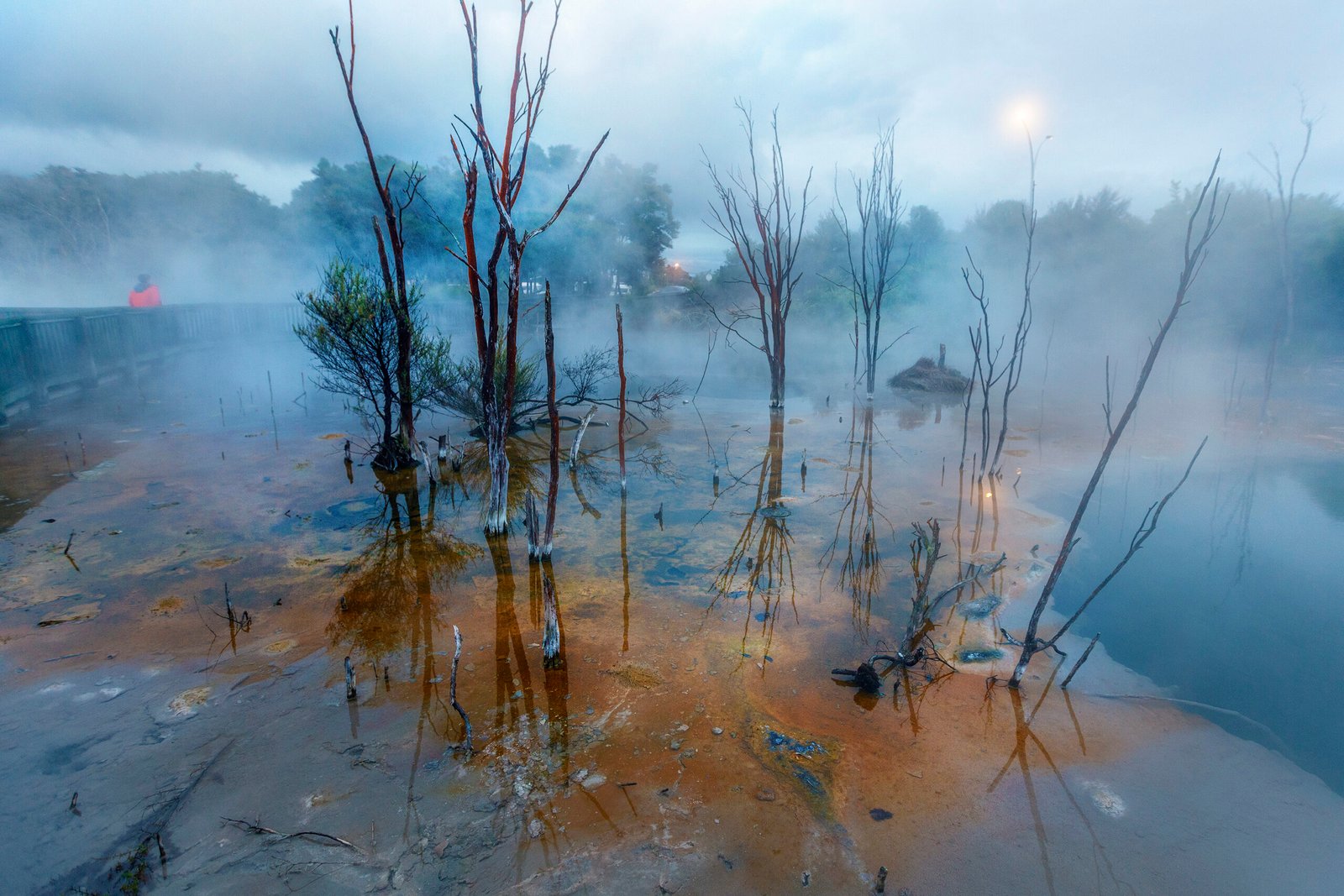
Vermont Farmers Lose Crops to Flooding Two Years Straight
- foodfightadmin
- July 22, 2024
- Agriculture, Climate Change, Disaster Response, Hunger In America
- adlps, ads pages
- 0 Comments
In the lush fields of Vermont, farmers are confronting a dire situation. For the second consecutive year, severe flooding has devastated crops, leaving agricultural communities grappling with financial and emotional losses.
Relentless rains have led to widespread flooding, submerging fields, destroying crops, and obliterating months of labor. The impact has been particularly severe in regions like the Winooski River Valley, where farmers have faced catastrophic damage. Tom Smith, a third-generation farmer from Burlington, voiced their collective despair, “This is the second year in a row we’ve lost nearly everything. Last year, we thought it was a rare event. This year, it feels like a recurring nightmare. The financial strain is becoming unbearable.”
The Vermont Agency of Agriculture, Food and Markets reports that hundreds of acres of farmland have been affected, resulting in millions of dollars in losses. Preliminary estimates indicate that more than 50% of the state’s crops, including essential staples like corn, soybeans, and vegetables, have been damaged or destroyed.
Emily Johnson, who runs a small organic farm near Montpelier, expressed the heartbreak felt by many. “Farming is not just a job; it’s our way of life,” she said. “Seeing our fields underwater again is devastating. It makes you question if it’s worth continuing.”
The repeated flooding has ignited discussions about climate change and its impact on agriculture in the region. Experts warn that such extreme weather events are likely to become more frequent, posing ongoing challenges for farmers. Dr. Sarah Hayes, a climate scientist at the University of Vermont, emphasized the urgent need for adaptation strategies. “We need to rethink our agricultural practices and infrastructure to make them more resilient to these kinds of events,” she said. “This includes better water management systems and more robust support for farmers.”
State officials are working to provide immediate relief and long-term support to affected farmers. Governor Phil Scott has pledged to secure federal disaster assistance and has called for additional state resources to help farmers recover. “Our farmers are the backbone of Vermont’s economy and culture,” he stated. “We must do everything we can to support them through these challenging times.”
Local communities are also rallying in support. In towns across Vermont, residents are organizing fundraisers, volunteering for clean-up efforts, and purchasing directly from local farms to help offset some of the losses. “We’re all in this together,” said Lisa Brown, a volunteer coordinating relief efforts in Brattleboro. “These farmers feed us, and now it’s our turn to help them.”
Despite these hardships, Vermont farmers are determined to persevere. “We have to keep going,” said Smith. “Farming is in our blood. We’ll rebuild, replant, and hope for better days ahead.”
In Waterbury, a local cooperative has begun offering workshops on flood resilience, teaching farmers how to create buffer zones and improve drainage systems. “We can’t control the weather, but we can adapt to it,” said John Peters, the cooperative’s director. “It’s about building back smarter and stronger.”
Drones are being used to survey flood damage more accurately, and advanced weather prediction models are helping farmers plan better for extreme weather events. Among the community, there is a growing interest in regenerative agriculture practices, helping to restore soil health but also improving water retention & reducing the impact of flooding.
As Vermont farmers face these challenges, the resilience and solidarity of its people shine through. The hope is that with continued support and innovative approaches, farmers will not only recover but also build a more sustainable and resilient future.








